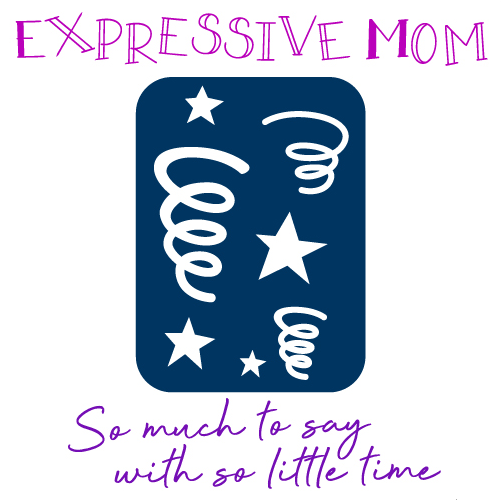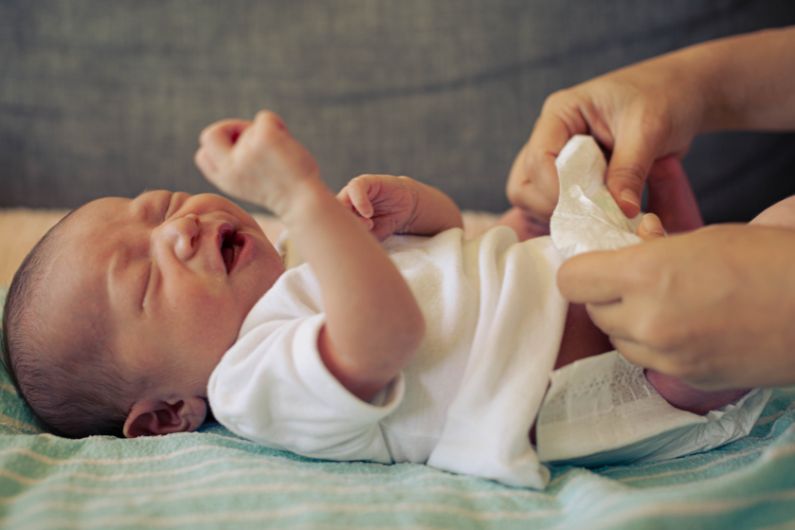On average, most children won’t complete potty training until about 18 to 30 months, sometimes longer, and will need plenty of diaper changes in the interim. For parents of little ones who hate diaper changes, giving a fussy baby diaper changes multiple times a day for up to three years isn’t easy for anyone. If your baby hates diaper changes and you want to know how to soothe them, let’s look at why babies cry during diaper changes and what to do about it.
They Could Be Cold or Hungry
Up to a certain age, your child’s only form of communication is crying. If a baby is fussy during their diaper change, you should first check if their basic needs are being met. If they’ve just soiled their diaper, that means food is evacuating their bowels, which can begin to trigger hunger cues.
If they don’t want to get fed, they might be too cold. Getting undressed and cleaned with cold baby wipes can be uncomfortable, especially if it’s chilly in the room. To help, place a warm towel or heated blanket–on low–under their changing mat, or place a space heater in their changing room to warm up the ambient temperature.
They’re Unsure of What’s Going On
Your child is still new to the world and unsure of their surroundings. The diaper-changing process involves a lot of movement, strange objects, and sensory experiences they’re not used to. It may be time for you to slow down the process. Let your baby see or touch what you’re using to become more familiar with the objects, and even if they can’t yet understand you, talk them through the process.
They Don’t Want To Feel Restricted
If your baby is flailing and screaming, it may be because your little one feels too restricted during their diaper change. Children are still learning how to move their bodies at this age range and often don’t want to get prohibited from doing so.
Try changing them standing up or on a large mat on the floor so you don’t have to worry about your baby hurting themselves. If this doesn’t work, try giving them a toy or object they can only play with during changing times, but be wary. Any new toys your baby gets attached to will have to become a part of your diaper bag essentials for changing on the go.
Possible Medical Reasons
If you make consistent changes that just don’t seem to work, it may be time to talk to your pediatrician. This is especially pertinent if there are no apparent issues, such as a diaper rash, or the fussiness is a newly developed behavior; they may be in pain. It could be anything from a deep bruise to acid reflux, but it’s best to get a medical opinion just in case.
Ultimately, there are many reasons why your baby might cry during a diaper change, and what to do about it not only depends on the cause, it depends on your baby. What’s best for other children, may not be the best strategy for yours, so don’t be afraid to switch things up, try new things, and make changes that are comfortable for you and your baby.



Connect With Me !